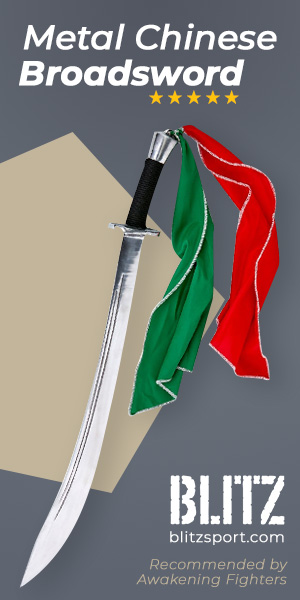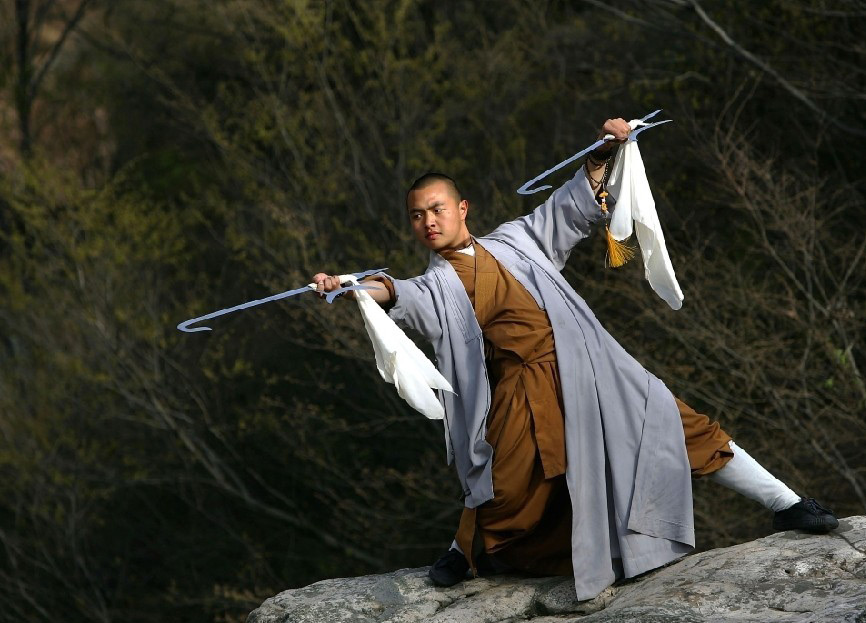 A practitioner of Shaolin Kung Fu, China’s most widely spread Kung Fu style, performing a form. Photo Source: China Tour Advisors
A practitioner of Shaolin Kung Fu, China’s most widely spread Kung Fu style, performing a form. Photo Source: China Tour Advisors
Summary
Kung Fu is a term coined by Westerners and while the term has been globalized, the concept has and always will be of Eastern origins. It is the outcome of when mindsets of two countries come together and of a combination of mental and physical strength – it is Chinese martial arts. After the initial teaching by Da Mo, it developed in China for centuries into numerous fighting styles and became more than just defensive manoeuvres, which were studied from mammals, birds and insects. Today, Kung Fu is the study of not only defensive manoeuvres but also ethics and harmony.
History / Origins
ETYMOLOGY
In Western culture, ‘kung fu’ and a related term, ‘wushu’, are the original words for Chinese martial arts although both words have much more depth than simply martial arts.
In regards to ‘wushu’, the first part ‘wu’ is translated to ‘military’ or ‘martial’ and ‘shu´ is derived from the symbol for ‘discipline’. Put together, it is said to be a literal translation to ‘martial arts’ although the foundation of the term should be noted.
The much more common term ‘kung fu’ is not used in Mainland China while other communities such as southern China, Hong Kong, South East Asia, and Chinese communities overseas generally use it. ‘Kung Fu’ can be literally translated to ‘work intensity’ meaning, “an achievement of great intensity”.
BEGINNINGS
Kung Fu is said to have been conceived in an era of conflict, when fights were common among tribes or even between humans and animals. Following these battles, people learned and passed on those developed techniques through generations. Initially, the fighting stances and styles of animals were imitated as they were said to have natural instincts for conflict and survival. As time continued, these techniques developed into a means of channeling inner conflict.
One of the most influential individuals credited to the early contributions of Kung Fu was the Indian monk Da Mo, commonly known as Bodhidarma. He was a Buddhist and a prince of a southern Indian tribe. He was invited to China by the Liang Wu emperor. After opposing opinions between himself and the emperor, Da Mo went to the Shaolin temple, where he found the priests to be lacking in physical strength. Following a nine year seclusion period, Da Mo emerged with two classic writings known as Yu Jin Jing & Xi Sui Jin. Through these works, the priests learned to amplify their physical health and were also surprised to find an increase of physical strength.
Thus began the centuries of conflict, development and resolutions which have created the Kung Fu known today.
PRESENT DAY
In today’s world, Kung Fu has become an increasingly popular traditional sport within and outside China. Since it is so popular, it has become one of the representatives of China’s culture. Some popular fighting styles are the Shaolin, Tai Chi and Qigong which have a large global following.
A common misconception is that Kung Fu is merely for combat instead of for virtue and peace, as intended. These are the values that many masters have maintained since ancient times – to be harmonious with nature. The techniques for increasing physical fitness have stayed the same and in the past decades, weapons and international fighting styles, such as Boxing, have been incorporated into Kung Fu.
There are numerous schools specializing in Kung Fu, with the Northern and Southern China differing in styles and techniques. Some of the most influential schools are Shaolin Martial Arts, Wudang Martial Arts, Emei Martial Arts, Eight-Diagram Palm, etc.
FOLKLORE
Since Kung Fu is said to exist since around 536 C.E., it has been integrated into many folklore. The most influential myth revolves around the Eight Immortals. They were saints who had their powers embodied into eight different ‘tools’ which could either be used for destruction of evil or granting life.
They have many stories regarding the Eight Immortals in either art or literature. Due to their popularity, the Eight Piece Brocade exercise of Qigong, a branch of Kung Fu, was created. Each characteristic of the Immortals was integrated into eight different fighting styles.

| COUNTRY OF ORIGIN: | China |
| TIME OF ORIGIN: | |
| PRACTISED: | |
| FOUNDERS: | |
| FOCUS: | Striking, Throwing, Weaponry |
| ALSO KNOWN AS: | Kungfu, Gung Fu, Gungfu, Wushu |
| PARENTHOOD: | – |
| DESCENDANTS: | – |
| OLYMPIC SPORT: | No |
NOTABLE FEMALE PRATITIONERS
Coming Soon!
NOTABLE MALE PRATITIONERS
Coming Soon!

| NATIONALITY: | |
| DATE OF BIRTH: | |
| AGE: | |
| BORN: | – |
| RESIDENCE: | - |
| ALSO KNOWN AS: | Kungfu, Gung Fu, Gungfu, Wushu |
| OCCUPATION: | Striking, Throwing, Weaponry |
| JOB TITLE: | – |
RELATED FEMALE INDIVIDUALS
Coming Soon!
RELATED MALE INDIVIDUALS
Coming Soon!

| COUNTRY: | China |
| LOCATION: | - |
| FOUNDED: | |
| OPERATIONAL: | |
| FOUNDERS: | |
| ALSO KNOWN AS: | Kungfu, Gung Fu, Gungfu, Wushu |
| SECTOR: | Striking, Throwing, Weaponry |
| DESCRIPTION: | – |
| WEBSITE: |
ACOSSIATED INDIVIDUALS
Coming Soon!
ACOSSIATED ATHLETES
Coming Soon!

Cotton Sole Kung Fu Shoes
Specifically designed for indoor training. Also, ideal for Tai Chi. White stitched and padded, full inner lining for superior comfort.
£14.99
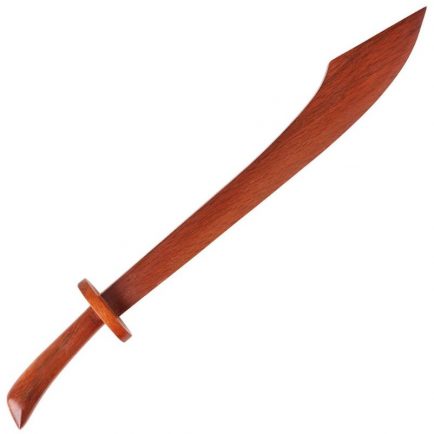
Chinese Broadsword
Designed specifically for junior practitioners, this wooden Chinese Broadsword is scaled down to be shorter and slightly slimmer.
£20.99
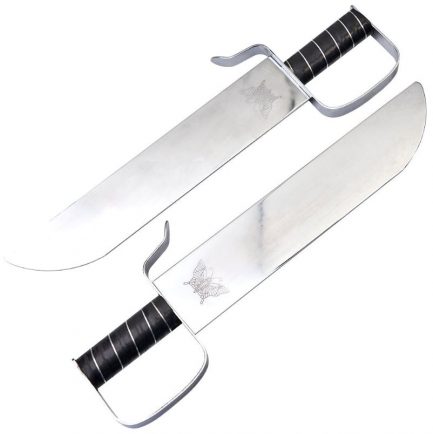
Butterfly Swords
Butterfly swords are used in several Chinese Martial Arts, most notably Wing Chun, Hung Ga and Choy Li Fut. Sold as a pair.
£57.99

Aero Training Shoes
These multi-functional training shoes are ideal for all Martial Arts activities. Pivot spot on sole for kicking and spinning skills.
£32.99

Adult Kung Fu Trousers
Designed for Kung Fu or Tai Chi, the Blitz Kung Fu Trousers are perfect for general training and leisurewear. 100% cotton.
£11.99
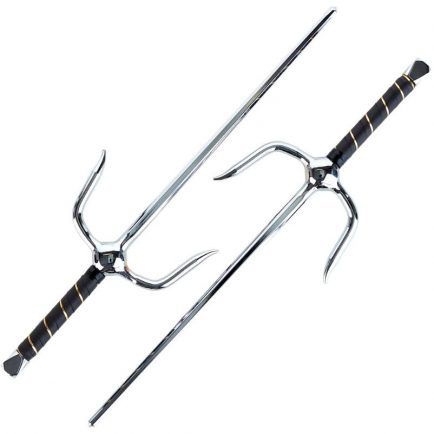
Octagonal Chrome Sai
The construction of the Blitz sai enables the practitioner to train with deadly speed and accuracy. The monouchi of the sai is octagonal.
£53.99
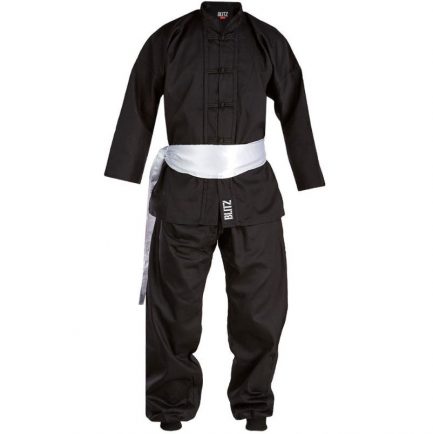
Adult Kung Fu Suit
Authentic and durable Kung Fu suit including jacket and trousers with full length sleeves, full length trouser legs and cuffed ankles.
£24.99
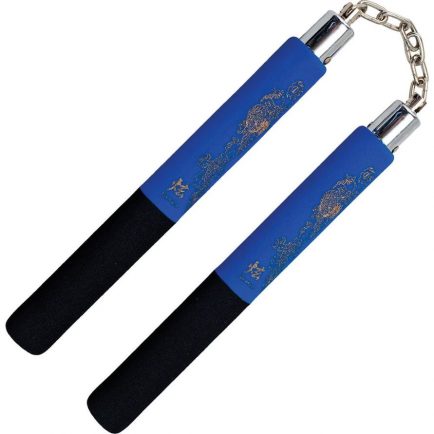
Ball Bearing Nunchaku
Blitz Black & Blue Foam Safety Ball Bearing Nunchaku are capable of blocking and striking and also trapping and throwing.
£11.99

Three Sectional Staff
This traditional Chinese weapon is used for long and short range strikes and is an incredible defensive weapon used for blocking.
£21.99

Blitz Training Holdall
Basic gym or sports bag with a large main compartment. Two carry handles, one side handle, and one adjustable shoulder.
£23.99
Practices
PHILOSOPHY
The combination of Confucius, Taoism, and Buddhism ideologies has influenced sectors of Kung Fu. The first, Confucius, preaches respect, education and protection of the people. Taoism encourages blending with nature, not to react with force and accept change. Buddhism speaks of discipline, meditation, and that life is scared. Even though all three focus on separate aspects, they share respect for nature and peace and this respect has been practiced by Kung Fu students for centuries.
TECHNIQUES
Information coming soon
TRAINING
Information coming soon
RANKS & GRADING
Information coming soon
WEIGHT CLASSES
Information coming soon
Rules / Rulesets
RULES / RULESETS
According to the ten rules of Kung Fu, it does not advocate disrespect: one must always respect the school, instructors, parents, elderly and others; one must never demonstrate arrogance or pride; one must continuously make efforts to train diligently; one must become resilient against negative emotions; and one must maintain a humane and compassionate outlook.
If someone does not follow the rules, then the individual risks eviction from the teaching institution.
Organisations & Historical Places
ORGANISATIONS
Information coming soon
HISTORICAL PLACES
Information coming soon
Popular Culture
POPULAR CULTURE
There are numerous films and television shows featuring Kung Fu. In children’s movies, the most accurate depiction of the principles is the animated Kung Fu Panda and remake of The Karate Kid – it focuses on Kung Fu instead of Karate. The television cartoons such as Jackie Chan Adventures and Avatar: The Last Airbender employs various styles of Chinese martial arts.
For an older audience, Jet Li (‘Once Upon a Time in China) and Jackie Chan (The Drunken Master) brought Kung Fu to the western world through their movies and since then, Kung Fu has become not only a popular means of entertainment, but also a great method of physical fitness.
Useful Links
USEFUL LINKS
Links coming soon
References
REFERENCES
- http://en.wikipedia.org/wiki/Chinese_martial_arts
- http://www.easternmartialarts.com
- http://www.swtdbn.com/10laws.html
COLLABORATORS
No Collaborators found




